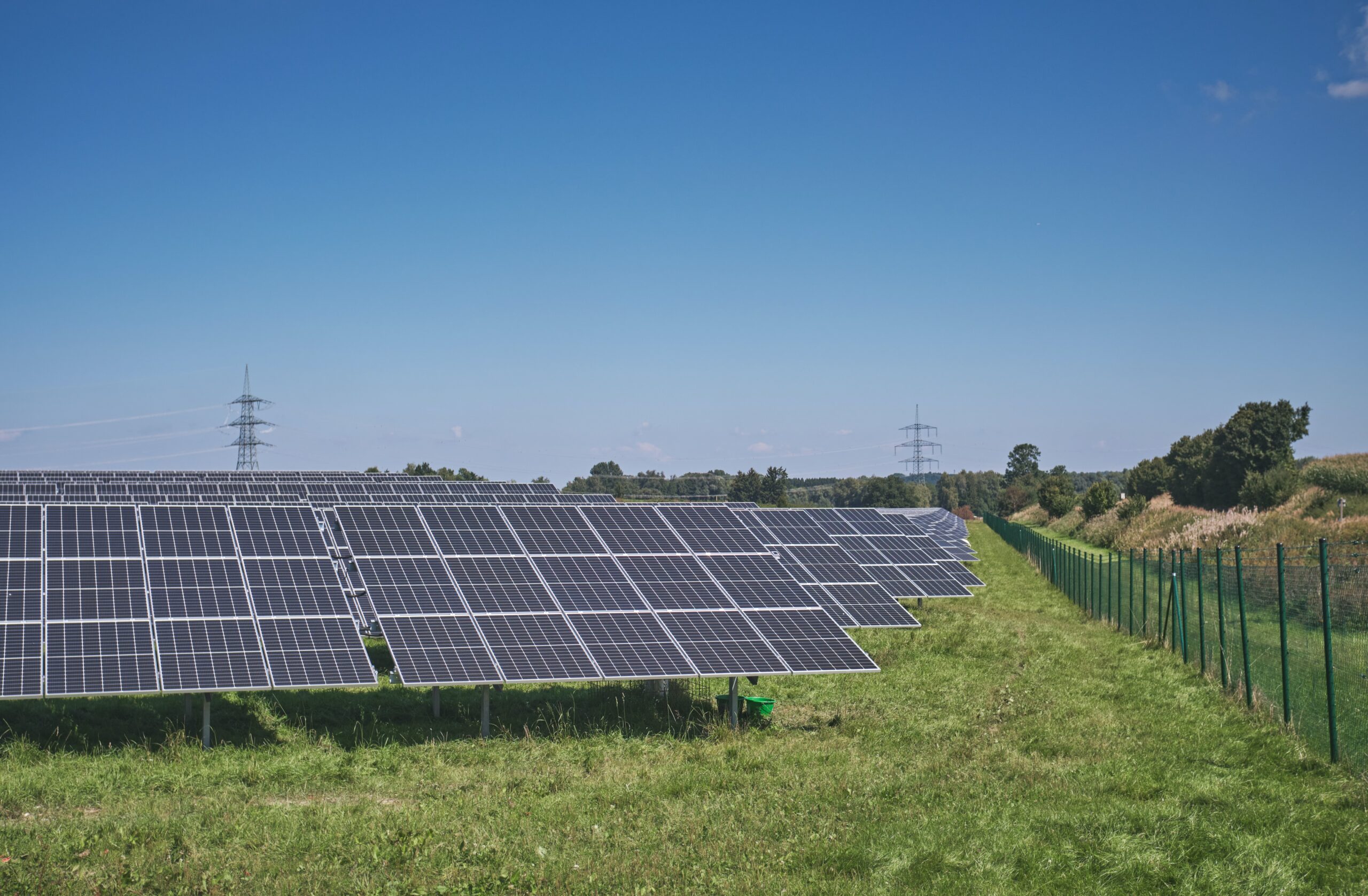Africa is currently facing a number of economic challenges, including poverty, inequality, and lack of access to basic services such as electricity and clean water. However, there is also a growing recognition that investing in sustainable infrastructure can help to address these challenges and promote economic growth.
International investors are looking for opportunities to invest in sustainable projects, and Africa is increasingly becoming a destination for such investments. This is due to the continent’s rapidly growing population and urbanization, which is creating a growing need for sustainable infrastructure. Additionally, the increasing awareness of the need to address climate change is also driving international investment in sustainable projects in Africa.
One of the key benefits of investing in sustainable infrastructure is that it helps promote economic growth. For example, investing in renewable energy sources such as solar and wind power can help increase access to electricity in rural areas, which can in turn support economic development in those communities; as well as help to reduce greenhouse gas emissions and mitigate the impacts of climate change. Similarly, investing in water and sanitation infrastructure can help to improve public health and reduce the burden of disease, which increases human productivity and leads to higher economic output per unit of labor.
However, investing in sustainable infrastructure in Africa can be challenging due to the continent’s economic and political instability. One of the main challenges is the lack of funding available for such investments. Many African countries have limited resources and are unable to finance large-scale infrastructure projects on their own. Additionally, there is often a lack of private sector investment in sustainable infrastructure projects, as these projects may not be seen as financially viable within the preferred investment period for private investors.
Another challenge associated with investing in sustainable infrastructure in Africa is the lack of regulatory and policy frameworks to support such investments. African countries lack the necessary infrastructure and institutions to support sustainable infrastructure projects. Additionally, many African countries are also plagued by corruption, which can make it difficult for investors to navigate the investment landscape.
One of the major obstacles to infrastructure development in many developing countries is the lack of available and feasible projects to invest in. The absence of a strategic plan to identify, prioritize and carry out projects that align with development goals, makes it challenging to establish a pipeline of viable projects and attract private sector investment. Furthermore, a shortage of capacity throughout the project cycle from feasibility studies to design, delivery, and operation, makes it difficult to execute infrastructure projects.
To address these issues, the World Bank Group created the InfraVentures fund, a $150 million global infrastructure project development fund, which aims to increase the number of projects that become a reality. The fund provides risk capital and technical assistance to infrastructure projects in developing countries; particularly those focusing on sustainable energy, transportation, and water and sanitation. Several sustainable infrastructure projects in Africa have been invested in by InfraVentures, such as a wind farm in Egypt and a solar power plant in South Africa.
Additionally, the African Development Bank has an Infrastructure and Energy Department, dedicated to promoting sustainable infrastructure development in Africa. The department provides financing for infrastructure projects, technical assistance, and policy advice to governments. The department has financed several sustainable infrastructure projects in Africa, including a hydroelectric power plant in Ethiopia and a wind farm in Kenya. The African Development Bank has also initiated multiple projects to foster the growth of renewable energy in Africa such as the Scaling Solar Initiative and the Renewable Energy and Energy Efficiency Initiative. Additionally, the World Bank and the International Finance Corporation have established several programs to encourage sustainable infrastructure investments in Africa, including the Africa Infrastructure Country Diagnostic and the Africa Infrastructure Project Preparation Facility.
Investing in sustainable infrastructure in Africa presents a number of challenges, but there are solutions to overcome them. One such solution is to establish public-private partnerships (PPPs) which involve private companies and governments collaborating to fund, design, construct and manage infrastructure projects. PPPs can provide investors with the opportunity to participate in sustainable infrastructure projects in Africa while also mitigating the risks associated with investing in the continent.
Another approach to investing in sustainable infrastructure in Africa is through impact investing. Impact investors, who can be individuals or institutions, are often willing to invest for a longer period of time or accept lower returns in exchange for a higher impact. This type of investment can be particularly beneficial in financing sustainable infrastructure projects in Africa.
That said, governments in Africa can find new ways to access global capital markets and attract private-sector investment in this area. For example, governments can use concessional climate finance from sources such as the Green Climate Fund and the Climate Investment Funds to take on a first-loss position, thereby reducing the risk for private investors.
The growing trend of sustainable investing in Africa, which prioritizes both financial returns and positive social and environmental outcomes; as well as considering environmental, social, and governance factors in investment choices, may open up new funding opportunities for infrastructure projects. This is exemplified by the sustained growth of the green bond market in recent years.
An illustration of other innovative climate financing alternatives is the Africa Carbon Market Initiative, which was initiated during the COP27, it seeks to foster the growth of carbon credit production, job creation in Africa. The initiative targets to have Africa carbon market producing 300 million carbon credits annually by 2030 and 1.5 billion annually by 2050, unlocking 6 billion in revenue by 2030 and 120 billion by 2050.
Author: Victor Otieno


